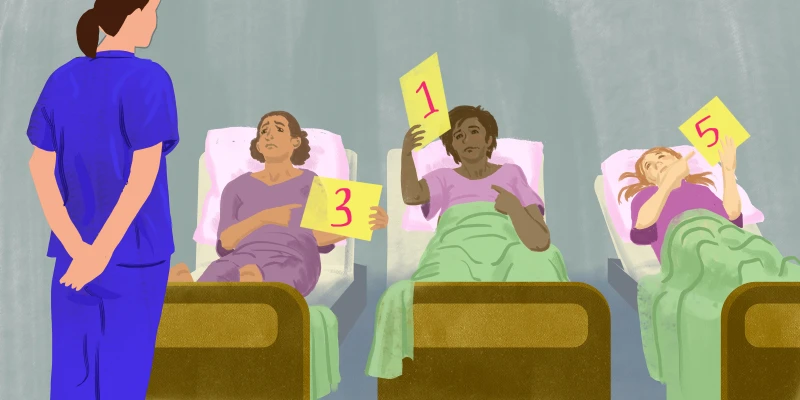I recently had the honor of giving a virtual presentation for the Doris and John L. Cameron Guest Oration at the Society for Surgery of the Alimentary Tract at Digestive Disease Week. It was an excellent opportunity to share insight into a key component of Cleveland Clinic’s success — the value created by strong teamwork that results in the best patient care.
About 12 years ago, our institution, which has just celebrated its centennial year, made a monumental philosophical shift from a profession-oriented care structure to a patient-centered care structure. This shift manifested as a reorganization into institutes centered around diseases and organs (e.g., the Digestive Disease and Surgery Institute), which consists of colorectal surgery, gastroenterology and hepatology, and general surgery teams.
These institutes, which bring medical and surgical subspecialties together and utilize a multidisciplinary staff model of care, were developed to “act as a unit” and are each responsible for their quality, clinical operations, research, education, strategy, and recruitment. This structure plays a huge role in how we provide the best patient care possible. In addition, uniting teams around diseases and organs has facilitated many opportunities for research and educational programs.
How the Institute Structure Works
In any organization, having the right team is what allows you to perform to the best of your ability. In as complex an organization as Cleveland Clinic, which cares for 9 million patients around the world each year, efficient, collaborative teams are imperative. The backbone of the institute structure at Cleveland Clinic is made of solid teams that include not only clinicians but also administrative professionals. Nurses function both within the institutes and as part of a larger enterprise-wide Nursing Institute. This allows them to look after and educate themselves, recruit the best nurses available, and be closely connected to the other team members in their institutes.
Leadership teams within each institute support the clinical teams and include an administrator and finance, quality, nursing, research and geographic leads, and sometimes others depending on the specialty.
Each team member shares and supports the same mission, vision, and values of the organization. Cleveland Clinic has recently slightly modified its mission after 100 years to make it more active and positive: Caring for life; Researching for health; Educating those who serve.
Agreeing with and coming together around the same care priorities, strategic goals and guiding principles are critical for the success of our teams, which is measured by the value we provide our patients.
Accurately Measuring Value
The traditional measure of value is outcomes over cost. But in health care, it is not that simple. There are other complexities to how we interpret value, which include the appropriateness of the care — the patient’s need for a procedure, as well as patient experience and satisfaction. This appropriateness multiplied by the outcome plus the satisfaction of the patient can then be divided by the cost of the delivery of care to better determine the value of the care provided.
We are a very metrics-driven organization. The measurements help us drive change in all aspects of the organization — patient safety and care, research and education, organizational operations, and our communities — to prioritize and increase value for our patients. We have a wide variety of administrative dashboards to measure in real-time what and how we are doing and give feedback to our teams. These include such measures as quality, OR cost per case, OR utilization and scheduling, time to treatment, and service line financial tools.
We also have implemented daily huddles at every level within the organization. The huddles are designed to rapidly address issues from the front line that could include staffing, quality, and procedural issues, allowing them to be addressed as quickly as possible.
Creating the Best Teams Possible
In a space as complex and rapidly changing as health care, teams need to be agile and resilient. Team leaders need to foster that spirit and help team members by encouraging them, mentoring and teaching them, allowing them to feel free to speak safely, and knocking down the barriers that prevent them from operating independently.
Teams with the right training who communicate, collaborate, and share best practices, who focus on safety and continuously reassess quality and standards, and who share the same mission, vision, and values create the highest value and the best inpatient care.
At the end of the day, it’s all about the people in an organization. Find the best people, provide the right structure and support, and empower them.
Illustration by April Brust







